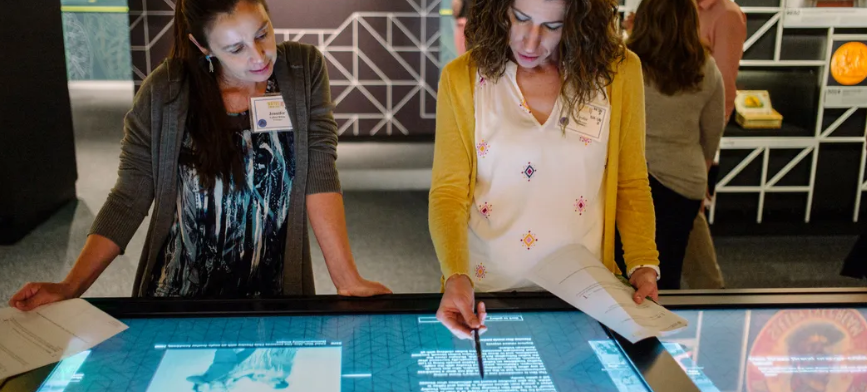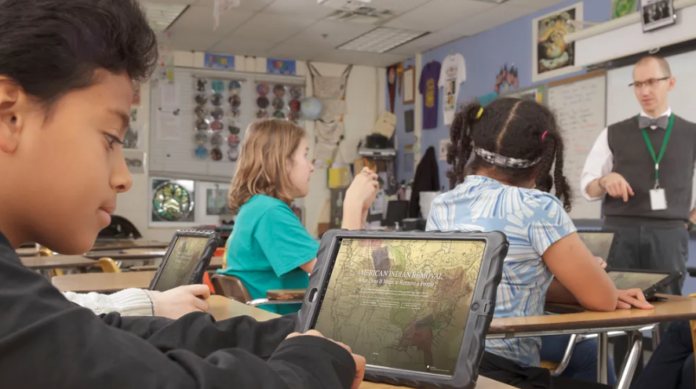Native American history is a vital part of the American narrative, yet schools often fail to provide a comprehensive or accurate representation of it. The curriculum tends to focus on a narrow, outdated view, leaving students with misconceptions and gaps in understanding. This limited perspective not only misrepresents the past but also overlooks the ongoing struggles and contributions of Native American communities in modern times.
Most school curricula portray Native Americans as historical figures who existed only before the 20th century. A 2015 study revealed that 87% of references to Native Americans in state standards are confined to pre-1900 contexts, ignoring their ongoing struggles and contributions in modern times. This approach implies that Native peoples are extinct rather than active participants in contemporary society. For instance, students rarely learn about the significant roles Native Americans played in World War II or their involvement in the Civil Rights Movement of the 1960s.
Significant events like the Trail of Tears or Thanksgiving are often oversimplified or romanticized. Students rarely learn about the harsh realities of boarding schools, forced assimilation, or the genocide faced by Native communities. For example, many students don’t know about the cultural erasure and abuse Native children endured in boarding schools. These institutions were designed to assimilate Native children into white culture by suppressing their languages, traditions, and identities. Few are taught that Native Americans didn’t gain full U.S. citizenship until 1934 or voting rights until 1964. The struggles for these basic rights were long and arduous, often met with resistance and violence.
Native American voices are largely absent from textbooks and classrooms. In many states, educators don’t even name individual Native leaders or tribes in history standards. Moreover, there is a severe shortage of Indigenous faculty members teaching Native history at higher education levels. This lack of representation not only affects the accuracy of the curriculum but also limits the perspectives and experiences that students are exposed to.
The curriculum often fails to acknowledge the existence of thriving Native nations today. Students rarely learn about current tribal governments, land sovereignty issues, or cultural revitalization efforts such as language preservation. For instance, many Native communities are actively working to revive their languages, which are crucial to their cultural identity and heritage. However, these efforts are often overlooked in educational settings.

Schools perpetuate stereotypes through mascots, myths, and inaccurate depictions of Native culture. For instance, the celebration of Thanksgiving often glorifies colonization while ignoring its devastating impact on Indigenous peoples. Textbooks omit terms like “genocide” when discussing Native history, further sanitizing the narrative. These stereotypes and omissions contribute to a broader cultural misunderstanding and disrespect for Native American experiences.
Some states are taking steps to improve Native American education. Montana, for example, mandates teaching about its seven tribes, supported by dedicated curriculum materials and teacher training workshops. Idaho, Minnesota, and New Mexico require teaching about local tribes as part of their curricula. Washington has initiatives focusing on culturally responsive pedagogy and revitalizing Indigenous languages. These efforts aim to provide a more inclusive and accurate representation of Native American history and culture.
Accurate education about Native American history is essential for fostering understanding, respect, and equity. It helps dismantle stereotypes and empowers Indigenous students by honoring their identity and heritage. By acknowledging the past and present struggles of Native Americans, schools can create a more inclusive and truthful narrative for future generations.
To address these gaps, schools should incorporate modern Native history into K-12 curricula, train educators to teach Indigenous topics accurately, involve Native communities in curriculum development, and promote representation by hiring more Indigenous faculty. Additionally, schools can engage with local Native communities to provide experiential learning opportunities and invite Native speakers to share their experiences and perspectives. By taking these steps, education can become a tool for reconciliation and understanding rather than perpetuation of historical injustices.
In conclusion, the education system has a critical role to play in rectifying the historical injustices faced by Native American communities. By providing a comprehensive and accurate portrayal of Native American history, schools can help build a more inclusive society where all voices are heard and valued. This requires not only a change in curriculum but also a shift in cultural awareness and respect for Indigenous peoples and their ongoing contributions to American society.




